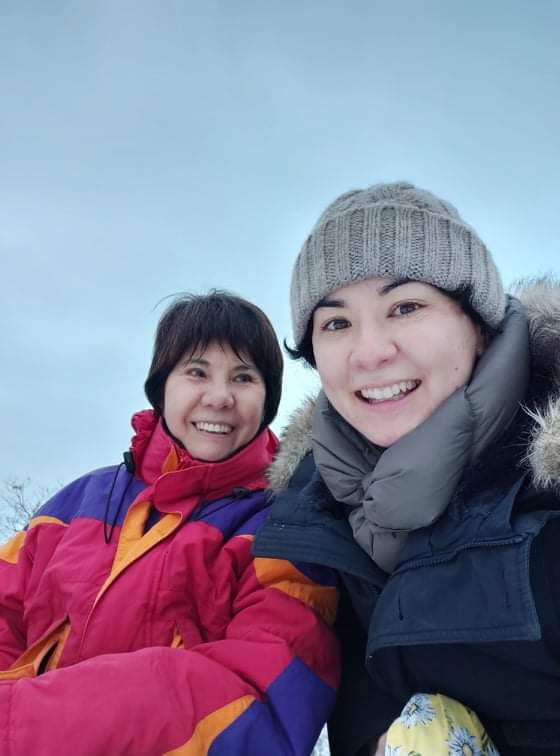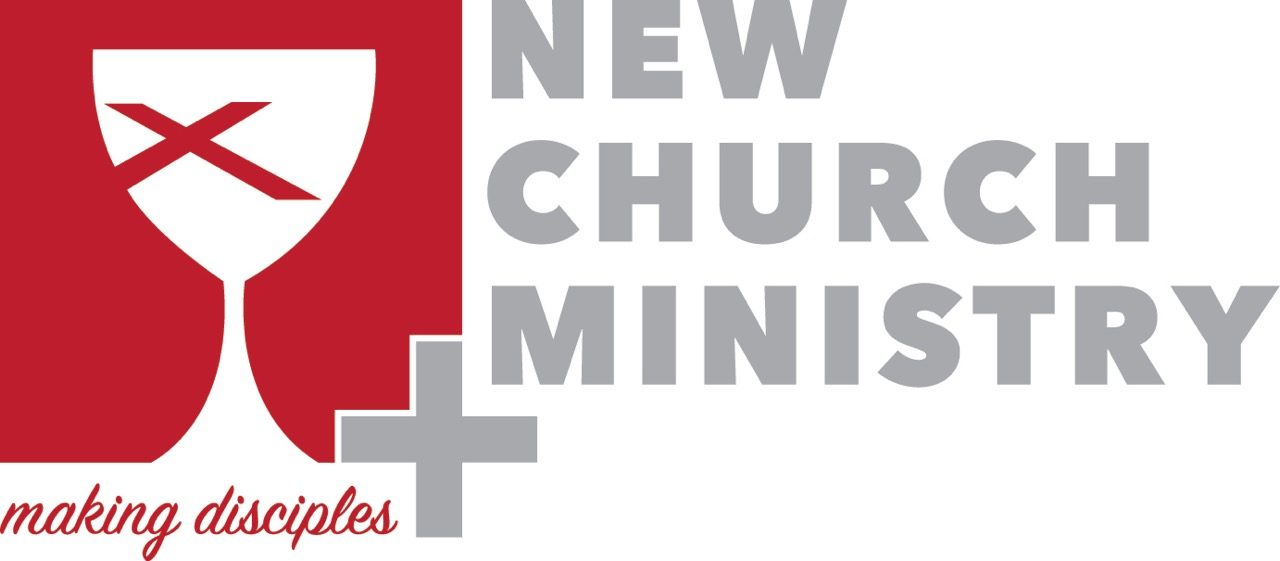
Last year, I wrote the opening letter for the April issue, sharing my thoughts on the importance of being vigilant against both the COVID-19 pandemic and anti-Asian racism.
Much has happened since.
As of the time of this writing, a little more than 66% of the population in the United States has been fully vaccinated. In Canada, almost 82% of the population has received two doses of the COVID-19 vaccine.
Meanwhile, a federal hate crimes bill was passed in the States and more organizations providing mutual aid and local resources to Asian Americans and Canadians, such as Soar Over Hate and Project 1907, have been launched. Just as importantly, Asian communities are becoming more visible in both the U.S. and Canada – a key step in raising awareness about the issues that they face.
Part of this growing recognition has been spurred on by recent movies delving into the Asian Canadian and Asian American experience, such as Turning Red and Everything Everywhere All At Once.
As an Asian Canadian myself, I feel an obligation to watch Asian-led Hollywood movies. But let’s be honest, most of these films don’t and can’t depict the entirety of the Asian experience – they primarily feature East Asian lead actors, neglecting South and Southeast Asians, who have different stories to tell. Take Crazy Rich Asians for example, released in 2018.
In the rom-com, there’s a scene in which one of the main characters is packing up items from her home. Her maids, all Southeast Asian women, hurriedly assist her. Those women, who had no speaking lines, were who resonated with me. My mother is from the Philippines and many women like her work as nannies, personal support workers, and nurses outside of their country. According to the model minority myth, which equates the economic success of East Asian communities in the States and Canada with assimilation, they haven’t “made it.” This devastating characterization is what the protagonist, Evelyn, in Everything Everywhere All At Once grapples with.
She and her husband, both Chinese immigrants, live with their daughter in a cramped apartment above their failing laundromat. Evelyn’s father soon comes to stay with them, adding to the lack of space and feelings of unfulfillment that Evelyn has. When I watched the film, I saw a family that reflected my own. My relatives immigrated to the US more than 20 years ago and have similarly struggled with achieving the American dream. What I saw and felt was a story that didn’t merely have characters that looked like my family, but that was as messy, complex, and loving as my own.
So this Asian Pacific Islander Heritage Month, I’m not sharing statistics of how my community has “made it.” Instead, I urge everyone to reflect upon their definition of success and what their faith says about it, too. Oh and go see Michelle Yeoh in action – just make sure you bring some Kleenex.
This blog post originally appeared as the opening letter of the May 2022 issue of New Church Minsitry’s newsletter, the New Church Know-It-All.
